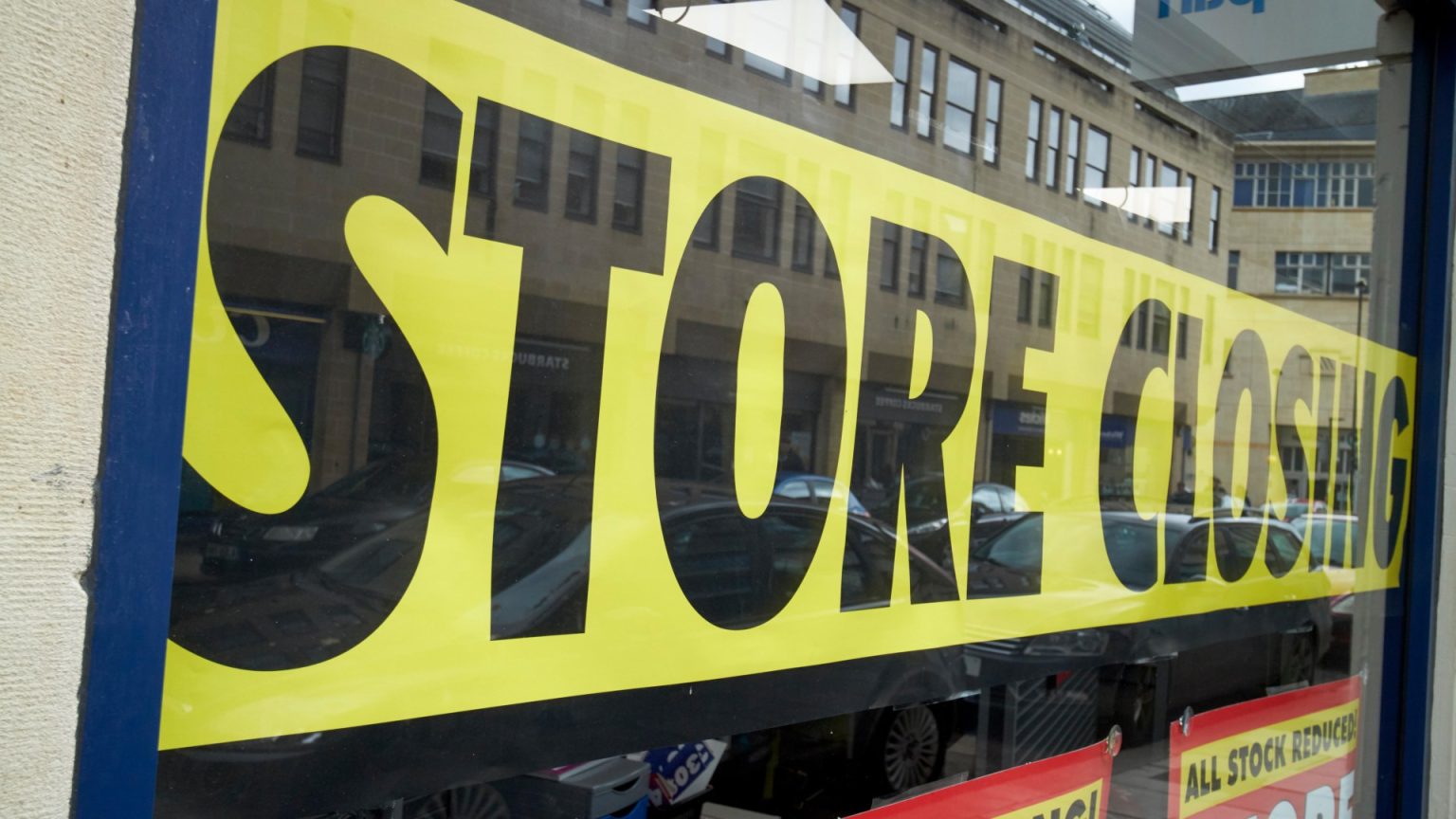The landscape of the British high street is undergoing a significant transformation, marked by a complex interplay of closures and openings, reflecting the evolving dynamics of the retail sector. While some established brands like Matalan, Greggs, and The Entertainer are shuttering specific locations, the narrative extends beyond individual closures to encompass broader trends impacting the entire industry. The closures announced by these three retailers, while seemingly concerning, are not necessarily indicative of widespread financial distress. Retailers frequently adjust their store portfolios based on performance, local demand, and shifting consumer preferences. A store closure in one location might be offset by an opening in a more strategic area, reflecting a dynamic approach to optimizing market presence.
The broader context of these closures reveals a retail sector grappling with a multitude of challenges. The rise of online shopping, coupled with escalating operational costs, including rent and staffing, has put significant pressure on brick-and-mortar stores. The Centre for Retail Research paints a stark picture, reporting over 13,000 store closures in 2024, a significant increase from the previous year. This statistic underscores the difficulties faced by both independent businesses and large chains. While independents account for a substantial portion of these closures, major brands are also not immune to the pressures, with high-profile insolvencies and restructuring becoming increasingly common. The economic climate, exacerbated by factors like rising National Insurance contributions, further complicates the situation, potentially leading to price increases and job cuts.
However, amidst this challenging environment, a counter-narrative emerges. While some retailers struggle, others are thriving, demonstrating the resilience and adaptability of the sector. Examples like Co-op and Aldi, actively expanding their store networks, highlight the ongoing demand for physical retail experiences. These expansions suggest that while the high street is changing, it is not disappearing. The evolving landscape presents opportunities for businesses that can adapt to changing consumer needs and preferences.
The shift in consumer behavior is a key driver of the changes on the high street. The convenience and accessibility of online shopping have undeniably impacted foot traffic in traditional retail spaces. Consumers are increasingly opting for the ease of online purchases, leading to reduced sales in physical stores. This trend has forced retailers to re-evaluate their strategies, focusing on omnichannel experiences that integrate online and offline offerings. The challenge lies in finding the right balance between maintaining a physical presence and investing in a robust online platform. Retailers must adapt to the evolving needs of consumers, offering seamless transitions between online browsing and in-store experiences.
The impact of store closures extends beyond individual businesses, affecting the wider community and the vitality of town centers. Empty storefronts become symbolic of economic decline, impacting local economies and potentially contributing to a downward spiral of reduced foot traffic and further closures. The exodus of retailers from high streets often reflects broader shifts in urban development, with retail parks gaining popularity due to factors like free parking and accessibility. This shift in consumer preference poses a significant challenge to traditional high streets, requiring innovative solutions to attract and retain shoppers.
The future of the high street hinges on the ability of retailers and local communities to adapt to the changing dynamics of the retail landscape. While the challenges are significant, opportunities exist for businesses that can embrace innovation, cater to evolving consumer needs, and create engaging experiences that draw shoppers back to physical spaces. The revitalization of high streets may involve a combination of strategies, including attracting new types of businesses, creating community spaces, and offering unique experiences that cannot be replicated online. The success of these efforts will depend on collaboration between retailers, local councils, and community stakeholders to create vibrant and sustainable town centers.











